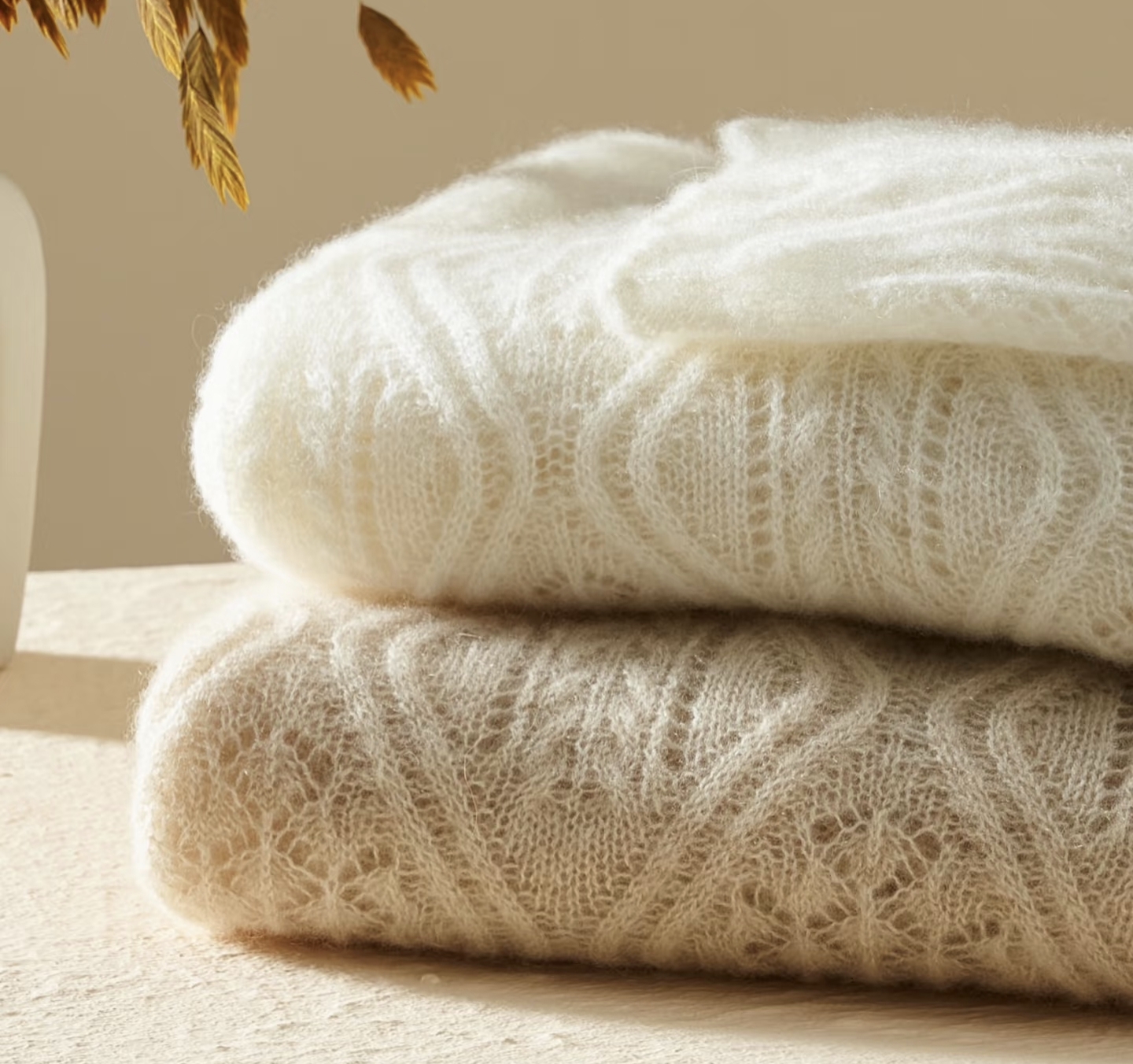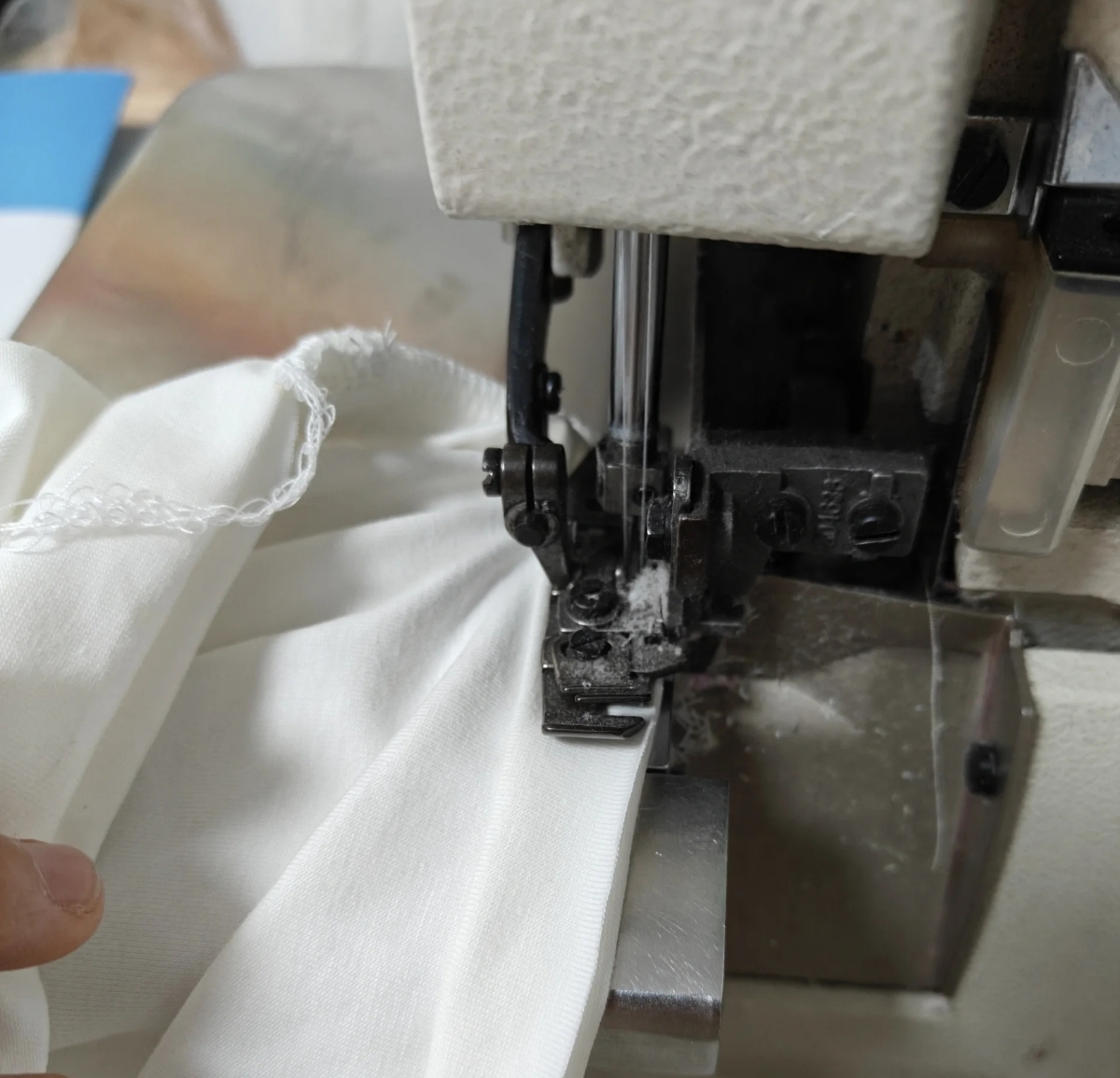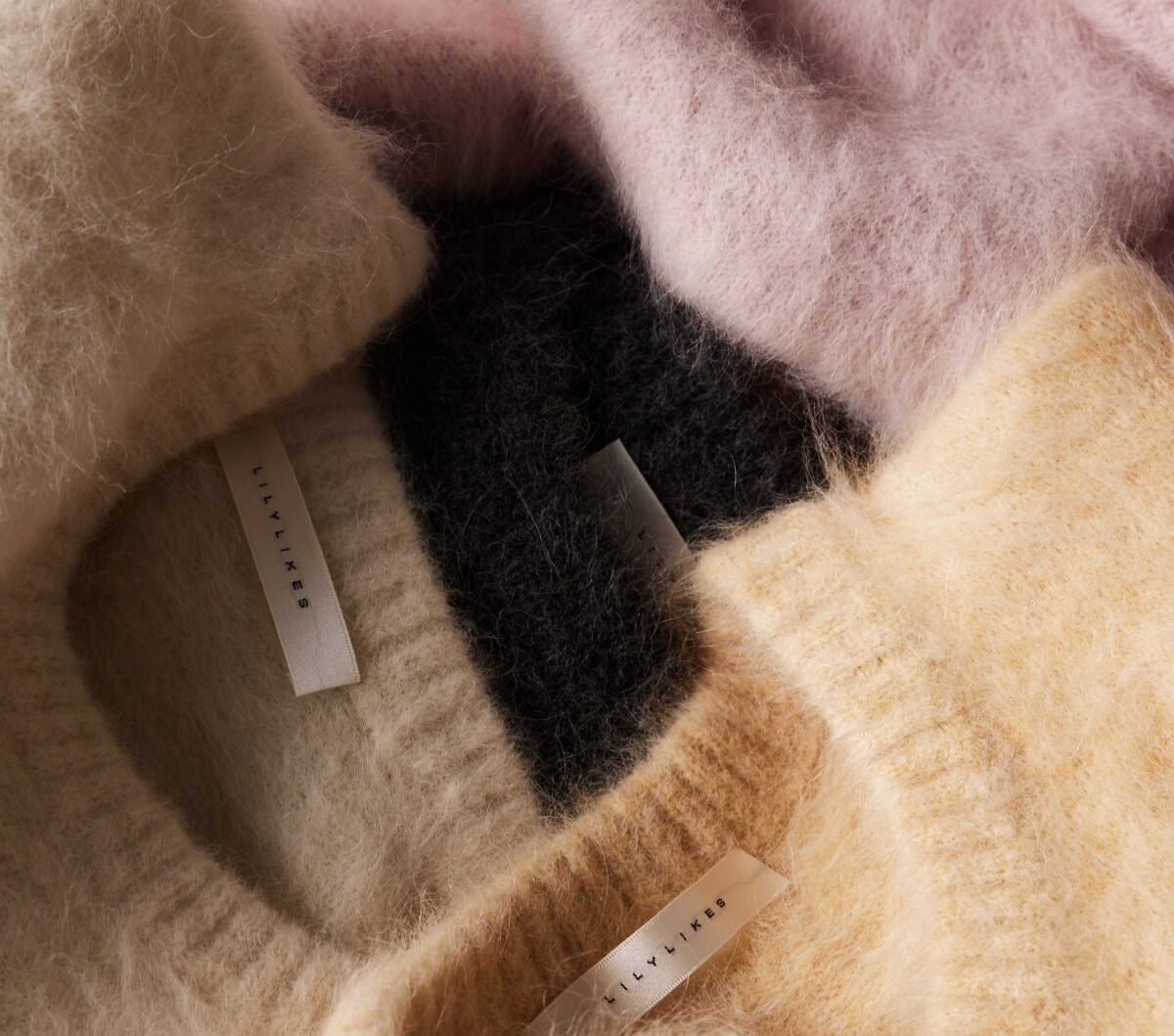Few garments offer the timeless comfort, elegance, and warmth of a high-quality wool sweater. Taking care of your wool sweaters is important. Whether it’s a beloved cashmere piece or your favorite merino knit, good care keeps it looking nice. This helps maintain its shape and feel for many years.
Neglect can lead to shrinkage, pilling, loss of softness, or moth damage. No need for concern. This comprehensive article reveals the secrets to extend sweater lifespan and keep your knits looking impeccable.
Why Wool Requires Special Care?
Unlike cotton or synthetics, wool fibers are delicate protein structures (keratin, like your hair!). They have natural scales that can felt and mat when exposed to heat, agitation, and drastic temperature changes. Proper wool maintenance respects these properties:
- Susceptibility to Shrinkage: Heat and harsh handling cause scales to lock together permanently.
- Pilling Potential: Friction can cause loose fibers to form those annoying little balls.
- Moth Attraction: Wool is a natural feast for clothing moth larvae.
- Understanding this is the first step towards gentle sweater care.
The Golden Rule: Hand Washing Your Wool Sweater (The Safest Method!)
Hand washing wool is almost always the best approach for maintaining sweater shape and texture. Follow these steps:
- Preparation is Key: Fill a clean sink or basin with lukewarm or cold water. Avoiding hot water is essential. Add a small amount of detergent made for wool or delicate fabrics. Avoid regular laundry detergents; they are often too alkaline.
- Submerge and Soak: Turn your sweater inside out (reduces surface friction). Gently submerge it, pressing down to saturate. Let it soak for 10-15 minutes. Experts do not recommend vigorous wringing, twisting, or scrubbing.
- Gentle Agitation: Gently swish the sweater through the water. Pay slight attention to cuffs or collars if soiled, but be delicate.
- Rinse Thoroughly: Drain the soapy water. Refill the basin with clean water of the same temperature (lukewarm or cold).
- Submerge and gently press the sweater to rinse. Continue rinsing until you remove all soap residue. Cold water rinsing helps maintain fiber integrity.
- Removing Water: Never lift a soaking wet sweater by its shoulders! The material will stretch. Gently press water out while you submerge the sweater.
- Lift it out, supporting its weight. Roll it in a clean, absorbent towel to blot out excess moisture. One should press the fabric rather than wring it.
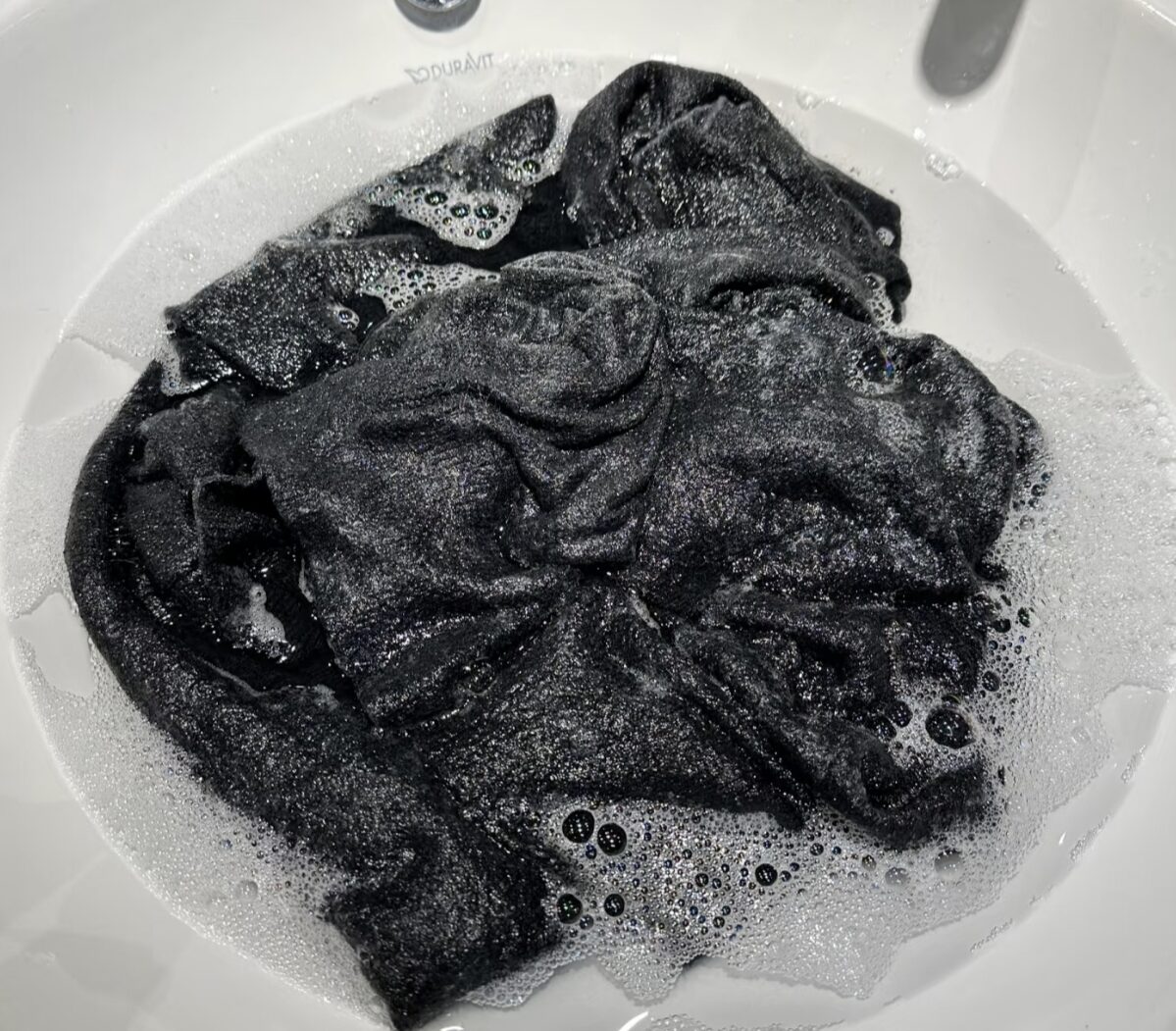
Drying: Patience Prevents Disaster
How you dry your wool sweater is crucial for preventing sweater shrinkage and maintaining wool texture:
- Lay Flat to Dry (Essential!): Always dry your sweater flat on a clean, dry towel or a mesh drying rack. Reshape it gently to its original dimensions, smoothing out seams and ensuring the neckline, shoulders, and length are correct.
- Location: Choose a well-ventilated area away from direct sunlight (which can fade colours) and heat sources (radiators, dryers!). Air drying knitwear naturally is best.
- NEVER Use a Tumble Dryer: The heat and agitation are a recipe for severe shrinkage and felting. Avoid dryer damage at all costs!
- Reshape Mid-Dry: Gently reshape the sweater again once or twice as it dries to ensure it keeps its form.
Storing Your Wool Sweaters: Defense Against Moths and Misshaping
Proper wool sweater storage prevents stretching, moth holes, and musty smells:
- Clean Before Storing: Moths are attracted to body oils and food residues. Always wash or dry clean (if the care label specifies) your sweater before long-term knitwear storage.
- Fold, Don’t Hang! Hanging causes wool sweaters to stretch out of shape under their own weight. Always fold sweaters for storage.
- Choose the Right Container: Use breathable storage: cotton storage bags, acid-free tissue paper in drawers, or cedar chests. Avoid plastic bags long-term; they trap moisture. Moth-proof sweater storage is vital.
- Natural Moth Repellents: Place natural moth repellents like cedar blocks, lavender sachets, or dried rosemary in your storage area. Refresh scents periodically. Avoid harsh chemical mothballs if possible.
- Cool, Dry, Dark Place: Store in a cool, dry, well-ventilated closet or drawer away from humidity.
Combating Common Woes: Pilling and Stains
- Dealing with Pilling: Pilling (those little balls of fiber) is normal, especially in softer wools and areas of friction (underarms, sides). No es un signo de mala calidad. Remove pilling gently using a sweater stone, fabric shaver (use cautiously on the lowest setting!), or a fine-tooth comb. Never pull pills off by hand.
- Treating Stains: Address spills immediately by blotting (not rubbing!) with a clean, damp cloth. For oil-based stains, sprinkle cornstarch or talc to absorb, leave for hours, then brush off.
- For water-based stains, use a tiny amount of wool-safe detergent on the spot and gently dab. Always rinse the area thoroughly with cold water. For stubborn stains, professional dry cleaning for wool might be necessary – check the care label first.
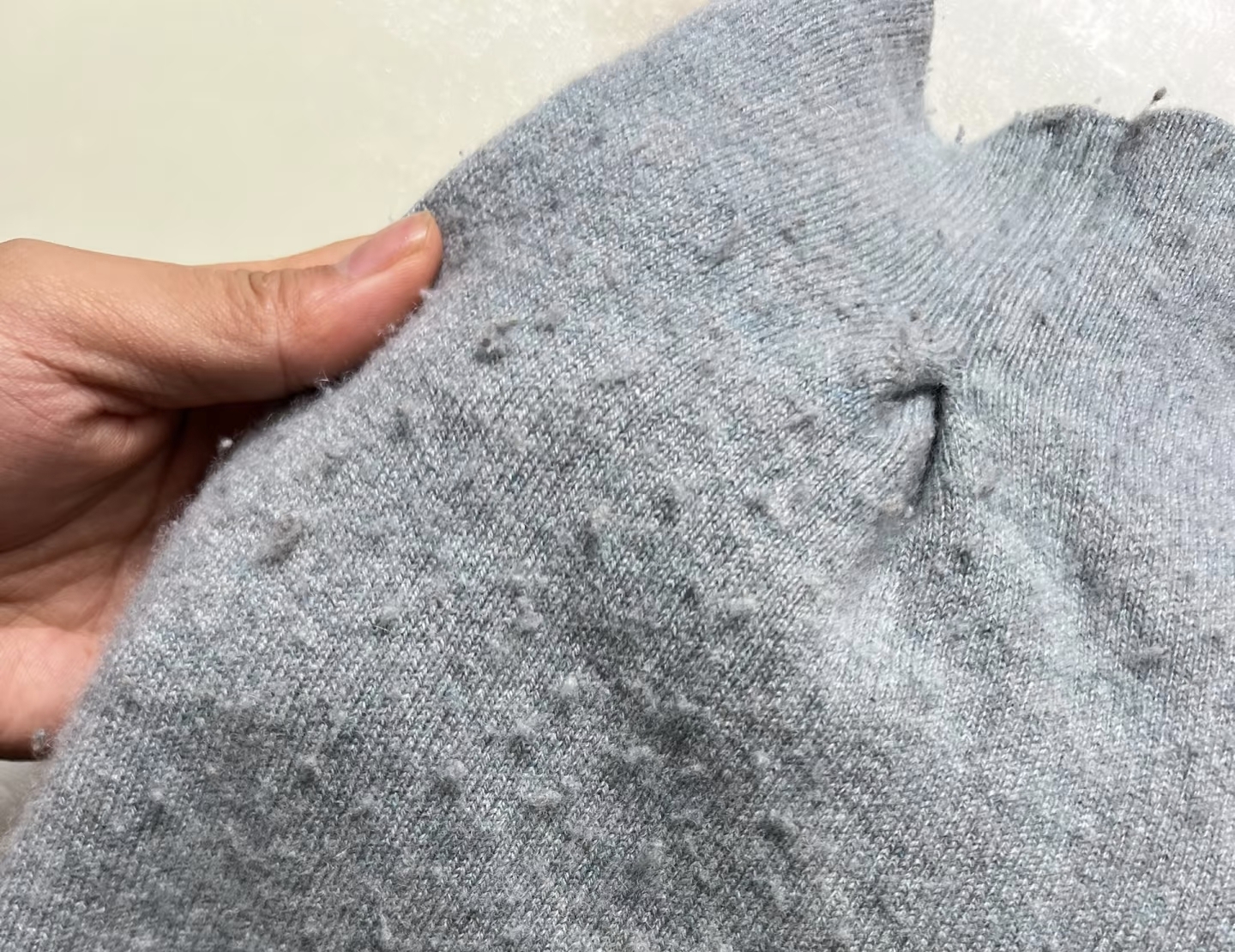
Can You Machine Wash Wool? Proceed with Extreme Caution!
Some modern washing machines have a dedicated “Hand Wash”, “Wool”, or “Delicate” cycle. If your sweater’s care label explicitly permits machine washing:
- Use ONLY the specified gentle cycle with cold water.
- Place the sweater inside a mesh laundry bag designed for delicates.
- Use only wool-specific detergent.
- Set the spin cycle to the lowest possible speed or skip it entirely.
- Machine washing wool always carries more risk than hand washing. When uncertainty arises, hand washing is advisable.
Professional Care: When to Dry Clean
I recommend referring to the care label. Some complex constructions (heavy cables, embellishments, specific blends) or severe stains might necessitate professional dry cleaning. Choose a cleaner experienced with delicate wool garments. Discuss any concerns beforehand.
Maximizing Your Wool Sweater’s Lifespan: Key Takeaways
Protecting knitwear and ensuring a long-lasting wool sweater boils down to consistent, gentle care:
- Wash Less Frequently: Wool naturally resists odors. Air it out between wears.
- Hand Wash Gently: Use cold water and wool detergent. Avoid agitation.
- Dry Flat: Reshape meticulously. Air dry away from heat/sun.
- Store Clean, Folded & Protected: Use breathable storage with natural moth repellents.
- Address Pilling Gently: Use appropriate tools, don’t pull.
- Read the Care Label: Always follow the manufacturer’s instructions first.
Spend a little time taking care of your wool clothes, and you’ll save your investment. A well-cared-for wool sweater becomes a beloved companion season after season, its softness and style enduring, whispering tales of timeless elegance and comfort. Treat it with respect, and it will reward you with years of luxurious warmth.


